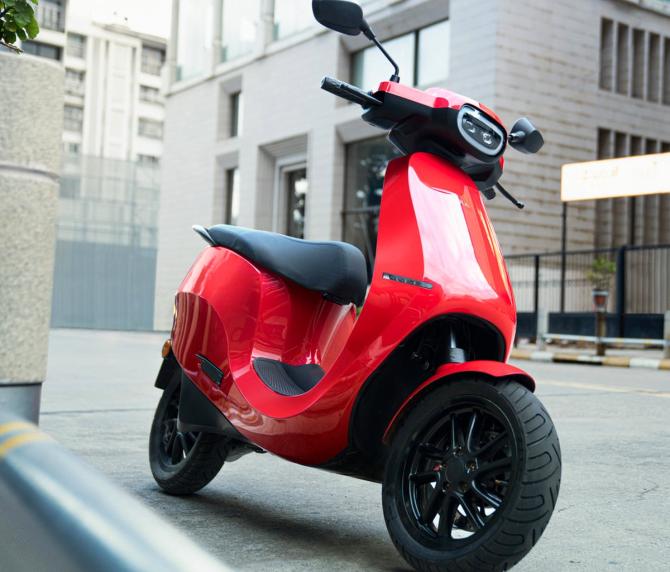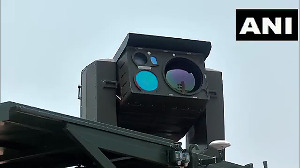Ola Electric on Tuesday clarified that its February sales figures reflect genuine customer orders after full payments, and not just preliminary bookings with a token amount, stating that “nearly 90 per cent” of these orders were paid in full at the time of placement.

“To be clear, the sales figures for February 2025 represent genuine customer demand backed by financial commitment, not token-amount bookings.
"This includes customer orders for our new products, Gen 3 and Roadster X, which have been available for full purchase (not just pre-booking) during February 2025,” according to the official statement by the company.
The clarification follows news reports claiming Ola included bookings for yet-to-be-launched vehicles in its February sales data, potentially inflating its market share amid efforts to regain investor confidence.
“In February, we disclosed our sales data based on these paid orders as our routine registration process — reflected on the VAHAN portal—was disrupted due to a transition of the in-house process as part of an efficiency initiative,” the electric two-wheeler manufacturer said in the statement.
According to reports, Ola informed the Ministry of Road Transport and Highways in a March 21 letter that it had counted bookings for 10,866 Gen 3 e-scooters and 1,395 Roadster X motorcycles in its February sales.
While deliveries for the Gen 3 scooters began in March, the Roadster has not been rolled out yet.
Together, these contributed to nearly half of the 25,207 “confirmed orders” reported that month.
This contrasts with government vehicle registration data, which recorded only about 8,600 Ola vehicle registrations in February—nearly a third of what the company reported.
The ministry had earlier asked Ola to explain the discrepancy. In a March 31 communication, it asked the company to revise its figures to reflect only those vehicles that had been invoiced and delivered, warning of “adverse action” if clarification was not provided within seven days.
The company attributed the registration gap to ongoing renegotiations with two vendors, which it said had delayed registrations during that period.
Our tech-enabled direct-to-consumer sales model has upended specific automotive distribution and sales practices, Ola Electric said.
The company’s market share slipped to 39 per cent last July and further down to 33 per cent in August.
Shares of Ola Electric Mobility Ltd fell below ₹50 apiece, over 7 per cent on March 17 and 4.4 per cent on March 26, after a high security number plate manufacturer and vehicle registration agency sued the company for defaulting on payments.












 © 2025
© 2025